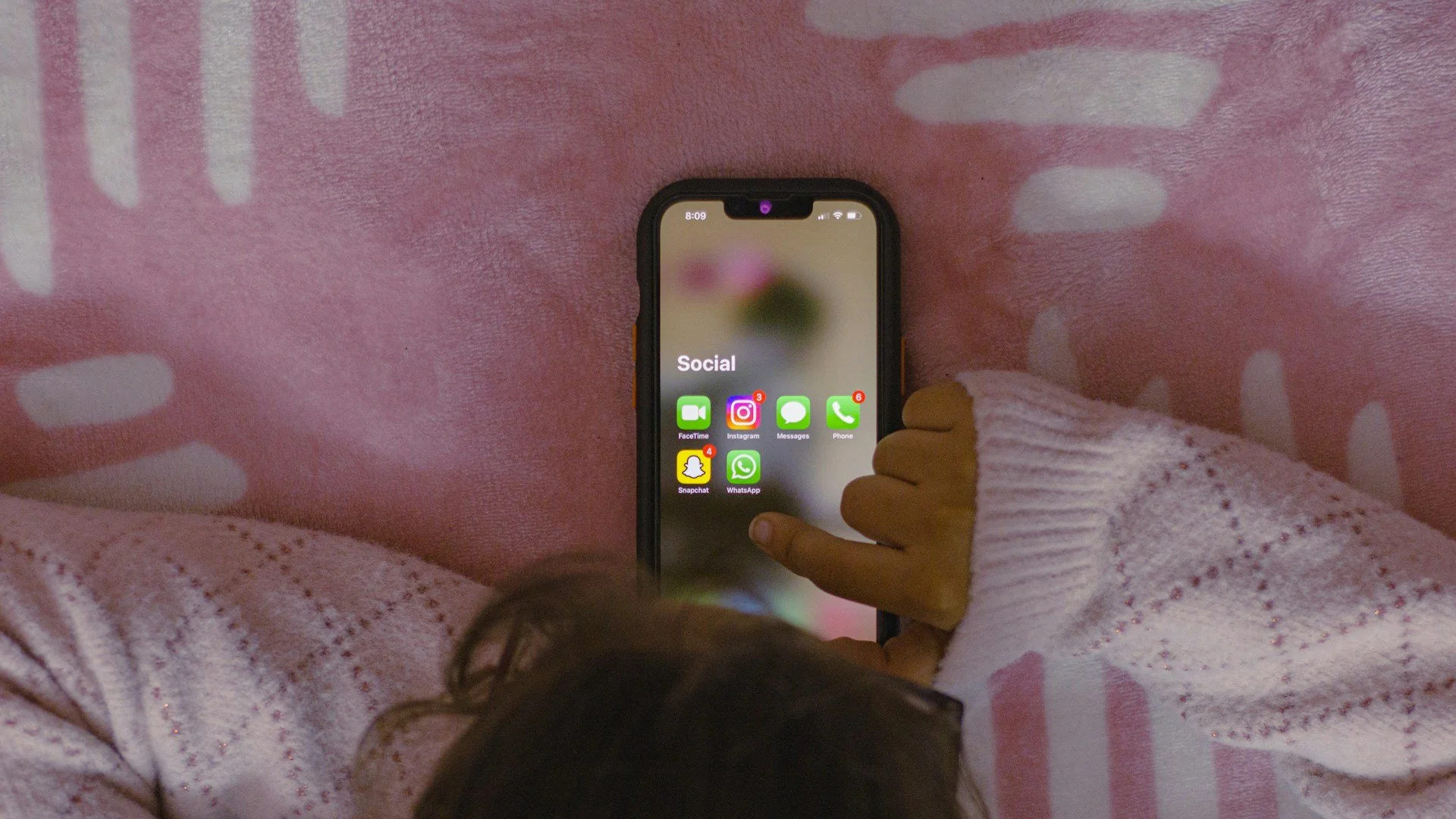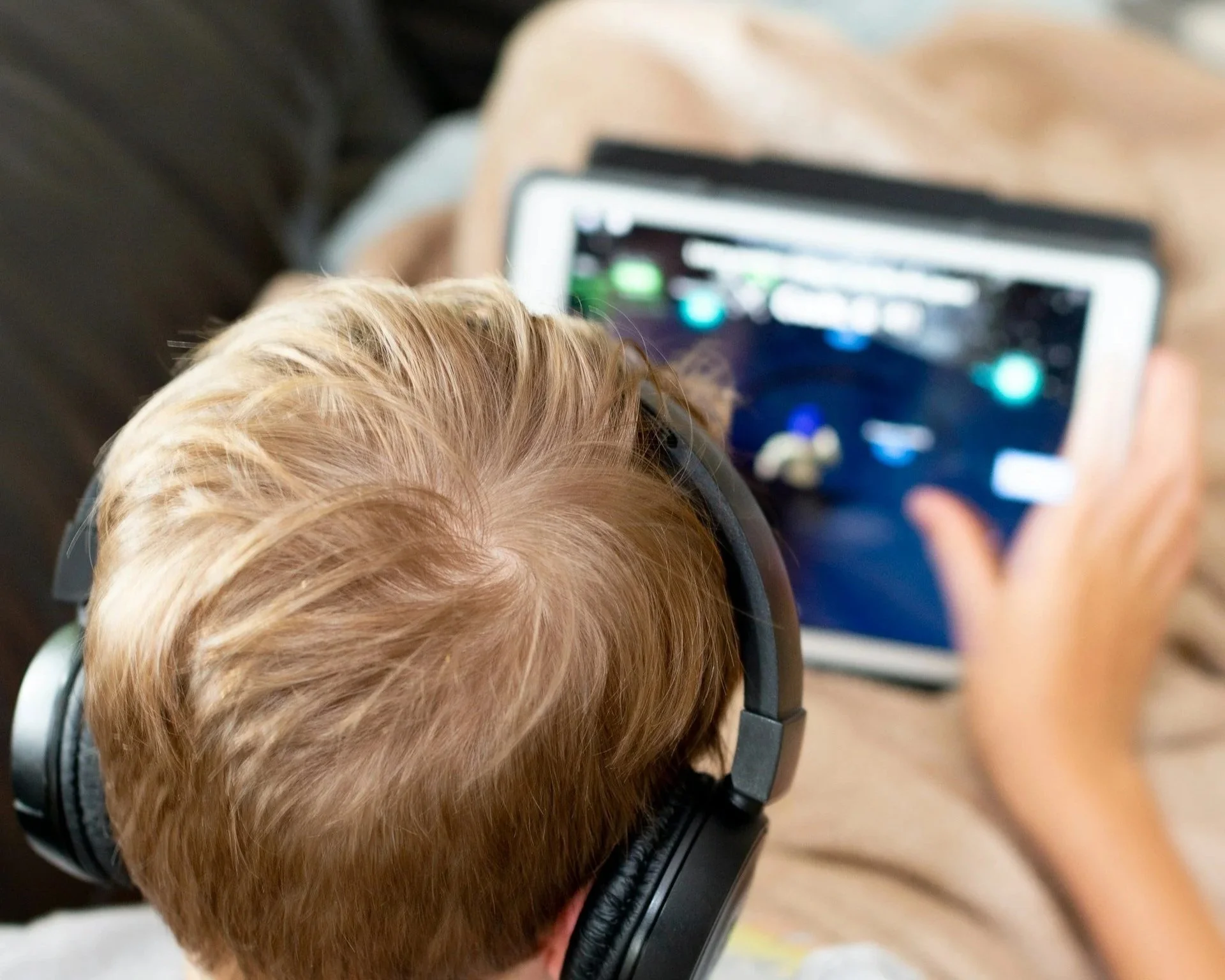How to Secure Your Child’s Devices: A Parent’s Guide to Cyber Safety
Author: Marcelina Horsefield
It’s not just bedtime stories anymore - it’s passwords, pop-ups, and parental controls. Welcome to parenting in the digital age.
Children today navigate a tech landscape that’s evolving faster than most of us can track. Even in the most well-equipped households, staying ahead can be a challenge.
By age 12–14, 93% of children own a smartphone, up from 77% at ages 9–11
Technology can be amazing for learning and creativity, but it also opens the door to hidden risks: privacy breaches, inappropriate content, and screen addiction.
How do we help children stay safe while still giving them the space to develop digital confidence?
Designed for modern families navigating a connected lifestyle, this guide offers practical ways to build healthy digital habits and stay in control.
1. Start with a Conversation
Before diving into settings and software, talk to your kids. Ask them what apps they use, what games they love, and who they chat with online. The aim isn’t to interrogate, it’s to understand their digital world so you can guide them through it.
If you’re not sure where to begin, try an interactive activity - like an online safety quiz - designed to explore your child’s digital awareness and encourage open, supportive conversations at home.
2. Set Up Parental Controls (But Don’t Rely on Them Alone)
Most devices come with built-in parental controls , a valuable starting point that we encourage you to use. You can:
Limit screen time
Block inappropriate content
Monitor app downloads
But remember, controls are a tool, not a substitute for trust. Your children are smart, and they’ll find workarounds if they feel overly restricted.
3. Teach the Basics of Digital Hygiene
Establishing good cyber hygiene habits from an early age is essential. And the best way to teach children to manage their digital lives responsibly is to model those habits ourselves. This includes lessons on:
Never sharing passwords (even with friends)
Avoiding clicking on suspicious links, pop-ups, or unknown messages
Keeping software updated
Using strong, unique passwords (a password manager can make this easy across various accounts)
If your lifestyle is more complex and your tech spans multiple devices, homes, and countries, it’s worth considering professional cybersecurity advice.
4. Be Alert to Red Flags
Children may not know how to talk about their online experiences or may be worried about sharing if they think they have done something wrong. Watch for signs that might indicate an issue, including:
Sudden secrecy around devices
Mood changes after screen time
Unusual messages or pop-ups
If you notice anything, approach gently - “I noticed you seemed upset after using your tablet…want to talk about it?”
5. Keep Devices in Shared Spaces
It’s easier to keep tabs on activity when devices aren’t kept behind closed doors. Encourage screen time in living rooms or kitchens, where it’s naturally more supervised. This kind of visibility matters, especially as concerns grow around how deeply attached children are becoming to their devices.
6. Stay Connected with the School
Your child’s digital life doesn’t stop at home - it continues in the classroom, during breaks, and even through homework. That’s why it helps to stay in touch with their school. Ask what platforms they’re using, how online safety is taught, and what support is available if something goes wrong. When parents and schools work together, it’s easier to create a consistent message around responsible tech use, and your child will feel supported from all sides.
7. Keep Your Finger on the Pulse
Cyber risks evolve, but so can we. Being informed helps you guide your child with confidence. Staying engaged with a few trusted resources can make all the difference.
If you work with a family office or digital security consultant, ask them to include child-focused safety in your regular reviews.
Smart Devices, Smarter Parenting
Parenting in the digital age isn’t about having all the answers. From smart TVs to school-issued iPads, the devices may vary, but your role stays the same. Stay engaged, ask questions, and keep the conversation open. In a connected home, your attention is the most powerful tool when it comes to your children’s digital safety.
Need Help Securing Your Family’s Digital Life?
If your household’s digital world feels increasingly complex, coc00n is here to help. We specialise in discreet, high-touch cybersecurity services tailored to families - offering protection that strengthens and future-proofs your loved ones’ digital presence across devices, platforms, and online activities. Contact us to find out more.
About the author
Marcelina Horsefield is a Cyber Security Advisor at coc00n, where she helps public figures navigate digital security with confidence. With over a decade of experience in legal operations, Marcelina focuses on a thoughtful, grounded approach to risk, translating today’s complex digital landscape into a clear, manageable path.


